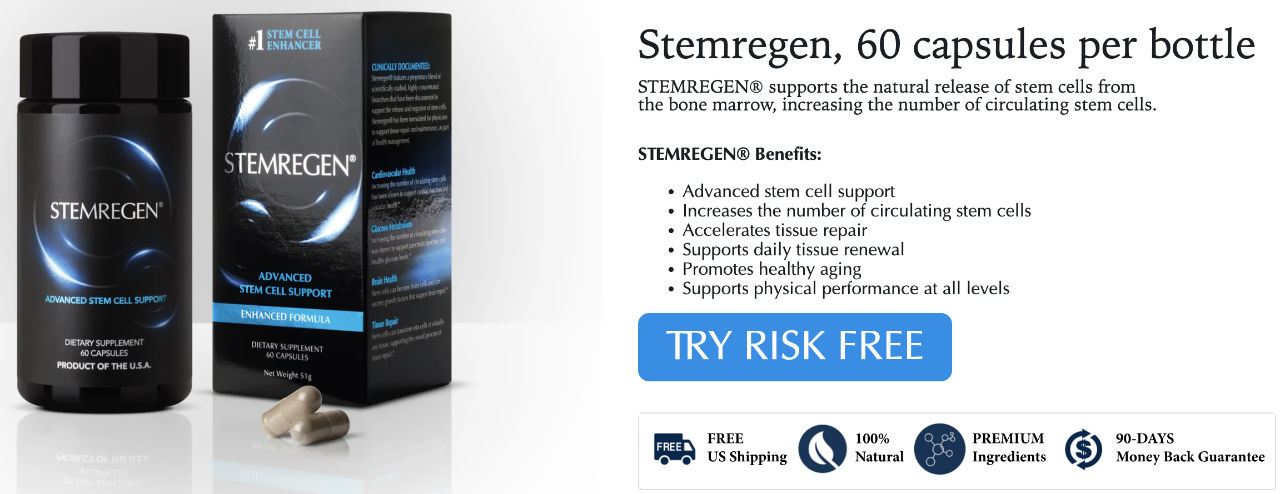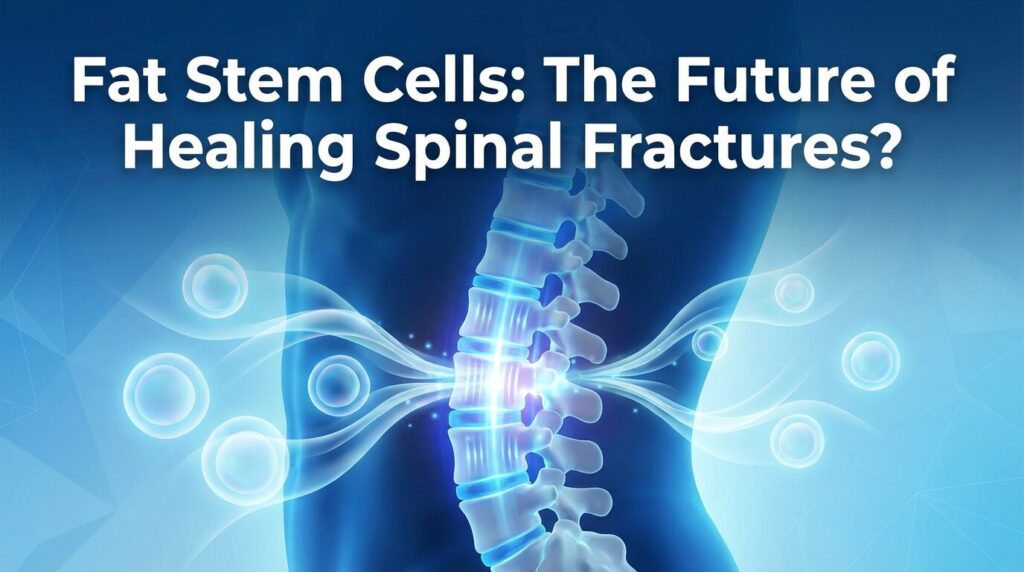What if doctors could repair your damaged heart with an injection? What if cancer treatments could be created in a lab and work for everyone?
These questions aren’t science fiction anymore. They’re the reality being developed by researchers at UC San Diego and other leading institutions.
A recent seminar from the UC San Diego Sanford Stem Cell Institute reveals how regenerative medicine is moving from experimental labs into real patient treatments. The “MIND: Medicine Informing Novel Discoveries” event brought together top scientists, industry experts, and patients to share breakthrough discoveries that could change how we treat disease.
Watch the full seminar here:
What Makes This Medical Revolution Different
Traditional medicine treats symptoms. Regenerative medicine fixes the root cause by repairing or replacing damaged tissues.
Dr. Catriona Jamieson, who hosted the seminar, explains how this field makes complex science accessible to everyone. The goal is simple: use the body’s own healing mechanisms to cure diseases that were once considered untreatable.
This approach combines three powerful elements:
•Stem cells that can become any type of cell the body needs
•Bioengineered materials that help tissues grow and heal
•Advanced manufacturing that creates treatments in labs
Fighting Cancer with Lab-Grown Immune Cells
Cancer treatment has always been personal. Each patient’s cancer is unique, making it hard to create treatments that work for everyone.
Dr. Dan Kaufman is changing this with his “off-the-shelf” cancer therapy. His team creates powerful immune cells called Natural Killer (NK) cells in the laboratory.
How Off-the-Shelf Cancer Treatment Works
Traditional cancer immunotherapy uses a patient’s own immune cells. This process takes weeks and costs thousands of dollars.
Dr. Kaufman’s approach is different. His team starts with induced pluripotent stem cells (iPSCs) – cells that can become any type of cell in the body.
They guide these stem cells to become NK cells, which are the body’s natural cancer fighters. These lab-grown NK cells can attack cancer cells without harming healthy tissue.
The breakthrough is that these cells work for any patient. Doctors don’t need to extract and modify each patient’s cells individually.
Why This Matters for Cancer Patients
This technology could make cancer immunotherapy:
•Faster: Treatments ready in days, not weeks
•Cheaper: Mass production reduces costs
•More effective: Engineered cells are stronger than natural ones
•Widely available: Any hospital could stock these treatments
Current clinical trials show promising results across multiple cancer types. Patients who had few options now have access to cutting-edge treatments.
Healing Hearts with Injectable Scaffolds
Heart attacks damage heart muscle permanently. Once heart tissue dies, it never grows back.
Dr. Karen Christman is proving this wrong. Her team creates injectable biomaterials that help hearts heal themselves.
The Science Behind Heart Repair
When heart tissue dies, it leaves scar tissue that can’t pump blood. Dr. Christman’s solution is elegant: give the heart a framework to rebuild itself.
Her team develops hydrogels made from extracellular matrix (ECM). This is the natural scaffolding that surrounds all cells in the body.
These hydrogels work like a construction framework. They provide structure and signals that tell stem cells where to go and what to become.
How Injectable Heart Repair Works
The treatment is surprisingly simple:
1.Doctors inject the hydrogel directly into damaged heart tissue
2.The gel creates a supportive environment for healing
3.The patient’s own stem cells move into the area
4.New heart muscle grows on the scaffold
5.The scaffold dissolves as new tissue forms
Beyond Heart Disease
Dr. Christman’s biomaterials aren’t limited to hearts. Her research team is developing treatments for:
Peripheral Artery Disease: Helping blood vessels grow in legs and arms
Women’s Health: Repairing tissue damage from childbirth
Wound Healing: Accelerating recovery from injuries and surgeries
Clinical trials show that patients treated with these biomaterials have better heart function and quality of life. The treatment works because it uses the body’s natural healing process instead of fighting against it.
The Power of Partnership: How Industry Accelerates Medical Breakthroughs
Great science needs great tools. Tiffani Manolis from Thermo Fisher Scientific explains how industry partnerships make regenerative medicine possible.
Universities discover the science. Companies build the tools and systems to make treatments real.
Why Industry Partnership Matters
Academic researchers are brilliant at discovery. But turning discoveries into treatments requires different skills:
Manufacturing expertise to produce treatments at scale
Quality control systems to ensure patient safety
Regulatory knowledge to navigate FDA approval
Distribution networks to get treatments to hospitals
Thermo Fisher Scientific provides the laboratory equipment and materials that researchers need. Without these tools, even the best discoveries would stay in the lab forever.
The Collaboration Model That Works
The seminar highlighted a three-way partnership that’s changing medicine:
Universities conduct basic research and clinical trials
Companies provide tools, manufacturing, and regulatory expertise
Funding organizations like CIRM and NIH support both sides
This model works because each partner focuses on what they do best. Researchers can focus on science while companies handle the business challenges.
Real Examples of Successful Partnerships
Fate Therapeutics partnered with academic researchers to develop iPSC-based cancer treatments
Thermo Fisher provides the cell culture systems that make large-scale production possible
CIRM (California Institute for Regenerative Medicine) funds both academic research and company development
These partnerships cut years off the development timeline. Treatments that might take 15-20 years to develop now reach patients in 8-10 years.
A Patient’s Story: When Science Changes Lives
Justin Graves lived with epilepsy for years. Seizures controlled his life, limiting his work and relationships.
Then he joined a stem cell clinical trial for epilepsy. His story shows why this research matters beyond the laboratory.
Life Before Treatment
Epilepsy affects 3.4 million Americans. For many patients, traditional medications don’t work well enough.
Justin experienced frequent seizures that disrupted his daily life. Simple activities became dangerous when seizures could happen without warning.
Like many epilepsy patients, he tried multiple medications with limited success. Side effects from drugs sometimes felt worse than the seizures themselves.
The Clinical Trial Experience
Participating in a clinical trial requires courage. Patients volunteer to test treatments that might not work.
Justin decided to join a stem cell trial because traditional treatments weren’t giving him the quality of life he wanted. The trial used stem cells to repair brain tissue damaged by seizures.
The treatment process was carefully monitored. Doctors tracked his seizure frequency, brain activity, and overall health throughout the study.
Life-Changing Results
The results exceeded everyone’s expectations. Justin experienced a dramatic improvement in his quality of life.
His seizure frequency dropped significantly. More importantly, he regained control over his daily activities.
Justin now advocates for clinical trial participation. He speaks at medical conferences to encourage other patients to consider experimental treatments.
Why Patient Participation Matters
Clinical trials only work when patients volunteer. Without brave individuals like Justin, these treatments would never reach the patients who need them.
Patient advocates play a crucial role in research:
•They provide the patient perspective that researchers need
•They help design trials that work for real people
•They encourage others to participate in studies
•They ensure treatments actually improve quality of life
Justin’s story proves that regenerative medicine isn’t just about science. It’s about giving people their lives back.
What This Means for the Future of Medicine
The research presented at UC San Diego represents a fundamental shift in how we treat disease. Instead of managing symptoms, doctors will soon repair the underlying damage.
Diseases That Could Be Cured
Cancer: Off-the-shelf immune cell therapies could make cancer treatment as routine as antibiotics
Heart Disease: Injectable biomaterials could prevent heart failure after heart attacks
Neurological Disorders: Stem cell treatments could repair brain and spinal cord injuries
Autoimmune Diseases: Engineered immune cells could retrain the immune system
Timeline for Patient Access
Many of these treatments are already in clinical trials. Patients could see approved therapies within the next 5-10 years.
The FDA has created fast-track approval processes for regenerative medicine. This means promising treatments reach patients faster than traditional drugs.
Challenges Still to Overcome
Cost: New treatments are expensive to develop and manufacture
Access: Ensuring all patients can benefit, not just those who can afford it
Safety: Long-term effects of some treatments are still being studied
Training: Doctors need education on how to use these new therapies
The Role of Continued Research
The seminar emphasized that this is just the beginning. Each breakthrough opens new possibilities for treatment.
Researchers are working on:
•Making treatments more affordable through improved manufacturing
•Developing treatments for rare diseases that affect small populations
•Creating combination therapies that work better than single treatments
•Improving delivery methods to make treatments easier for patients
How You Can Stay Informed and Get Involved
Regenerative medicine is moving fast. Here’s how to stay current with developments that could affect you or your loved ones.
Following the Research
UC San Diego Sanford Stem Cell Institute regularly hosts seminars like this one CIRM publishes updates on funded research and clinical trials ClinicalTrials.gov lists active studies recruiting patients
Considering Clinical Trial Participation
If you have a condition being studied in clinical trials, participation could give you access to cutting-edge treatments.
Talk to your doctor about whether clinical trials might be right for you. Many trials are looking for patients with specific conditions.
Supporting Continued Research
Regenerative medicine research depends on continued funding and support. Organizations like CIRM rely on public support to fund breakthrough research.
You can support this work by:
•Staying informed about research funding initiatives
•Contacting representatives about science funding
•Donating to research organizations
•Sharing information about clinical trials with others who might benefit
The future of medicine is being written today in laboratories and clinics around the world. The research presented in this UC San Diego seminar shows that future is closer than we think.


